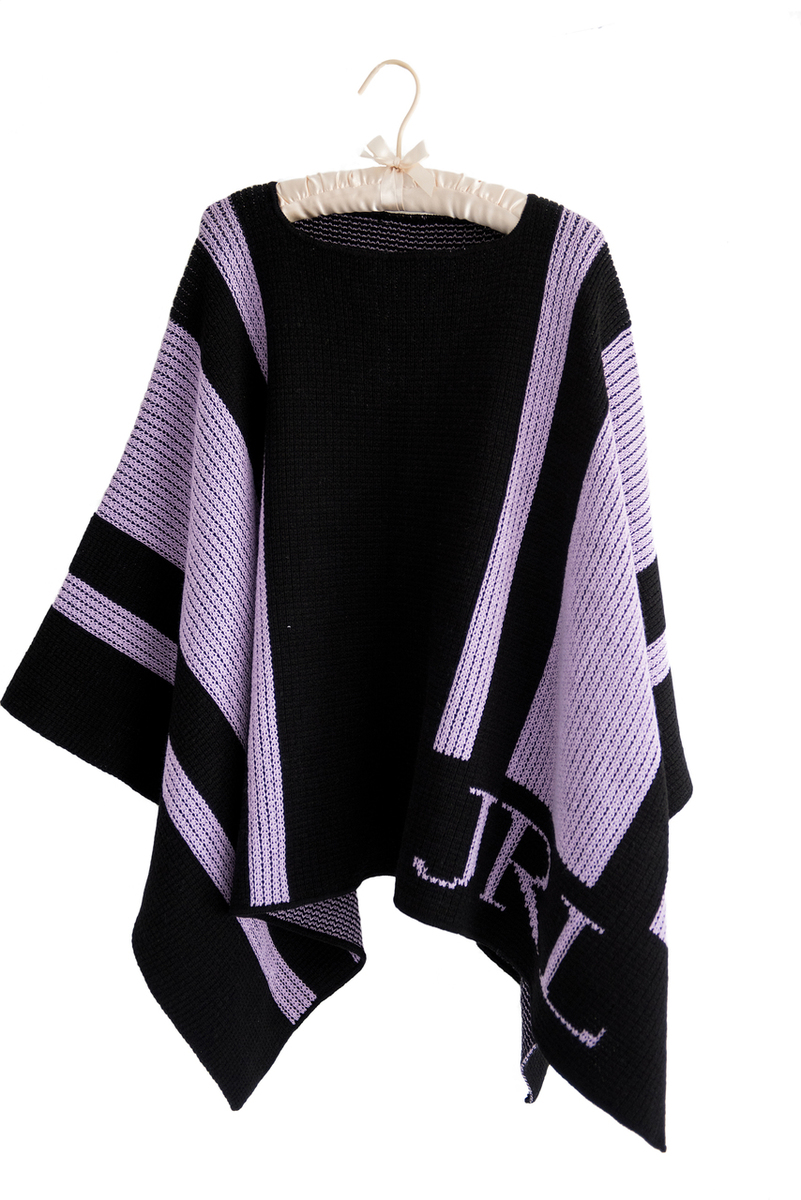

Army again issued ponchos of waterproof rubberized canvas to its forces during the Spanish–American War of 1898. ĭiscontinued after the Civil War, the U.S. While originally intended for cavalry forces, they were widely used by infantry as well General Sherman's Union troops, lightly equipped and living off procurement demand from the local populace, wore ponchos during wet weather encountered during the march through Confederate Georgia to the sea. Ponchos made of gutta-percha or India rubber coated cloth were officially adopted during the American Civil War, both as rain clothing and as a ground sheet for sleeping.

These early military ponchos were made of gutta percha muslin, a latex-coated, waterproof cloth. The poncho was first used on a regular basis in the 1850s for irregular U.S. Poncho chilote, a heavy woolen poncho of Chiloé Archipelago.Jorongo, usually larger or full-length, and often used for special occasions or horse-back riding in Mexico.Chamanto, only in Central Chile, poncho in the north and south.Pala or Poncho, in Brazil (mainly in the South).Poncho, most Spanish-speaking countries and worldwide.Ruana, in cold regions of Colombia and Venezuela.As traditional clothing, the local names and variants are: The poncho is now commonly associated with the Americas. Although investigations have concluded that its origins could be Mexico, Ecuador or Peru, it is not known where the first ponchos were made. The poncho was one of the typical clothes of many South American and Mexican cultures. Mapuche cacique Lloncon wearing a poncho in 1890.

Ponchos with festive designs or colors can be worn at special events as well. They are often made out of woolen yarn, knitted or crocheted. They are designed to look fashionable and provide warmth and to remain breathable and comfortable, rather than to ward off wind and rain. They are the same shape but of different material. Many ponchos have hoods attached to ward off wind and rain.Īlternative ponchos are now designed as fashion items. Rainproof ponchos are normally fitted with fasteners to close the sides once the poncho is draped over the body, with openings provided for the arms. It often has an extra piece of fabric serving as a hood. In its simplest form, the poncho is essentially a single large sheet of fabric with an opening in the center for the head. A rain poncho is made from a watertight material designed to keep the body dry from the rain. Ponchos have been used by the Native American peoples of the Andes, Valley of Mexico and Patagonia since pre-Hispanic times, in places now under the territory of Mexico, Ecuador, Colombia, Chile, Bolivia, Peru, Venezuela, and Argentina, and have become familiar in parts of the U.S. A Peruvian chalán dancing marinera on a Peruvian Paso horseĪ poncho ( Spanish pronunciation: Quechua: punchu Mapudungun: pontro "blanket", "woolen fabric") is a kind of plainly formed, loose outer garment originating in the Americas, traditionally and still usually made of fabric, and designed to keep the body warm.


 0 kommentar(er)
0 kommentar(er)
